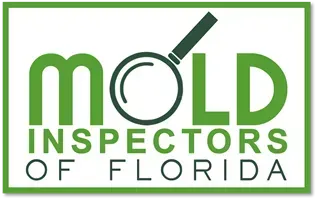Pets and Mold: The Hidden Poison

Many articles are written about the danger that mold, especially toxic black mold, creates for humans. However, the topic of pets affected by mold is not as popular. Our pets are members of the family like any other, and ensuring their health and safety is just as important as providing our own. Should you not see or feel signs of mold exposure in yourself, keep an eye on your animals as well. Animals may have allergic reactions to molds that you or other household residents are not affected by, simply due to individualized immune responses.
Pets tend to sniff (inhalation through the nostrils), travel, and lick around the home. If mold is present on the house or food, a pet can quickly become ill from the exposure. Depending on the species of mold and the amount of exposure time, the symptoms can range from minor to severe. If a limited exposure has occurred, your pet may sneeze or cough, while prolonged exposure time may trigger neurological systems or become fatal. If your pet has been exposed to mold, the reaction can vary depending on if the response is a result of allergens, inhalation, or ingestion.
Allergenic Reactions
If your pet is allergic to mold, the symptoms may be minimal. Some animals show signs of excessive scratching, chewing, biting, or licking affected areas. Due to this extensive behavior, sores may develop on the skin, and fur loss can happen.
Inhalation Reactions
When your animal inhales, mold respiratory distress may occur. Respiratory distress may mean, breathing may take more effort or seems to be occurring faster than average. Other signs of mold inhalation may include nasal discharge, coughing, wheezing, sneezing, and fatigue. Bleeding from the mouth or nose has also been a known symptom in animals in severe cases.
Ingestion Reactions
Ingestion of mold can be from contaminated food they eat, or areas of the home they have licked that are infected with mold growth. Ingesting mold has been known to cause gastrointestinal tract disruptions such as vomiting, loss of appetite, and changes in the stool. Severe cases have also reported blood in stools.
Depending on the type and exposure time of mold, your pet may exhibit serious health concerns. Mycotoxins, toxic spores released by certain toxic molds, are known to disrupt the nervous system. Tremors and seizures, along with odd behavior, may occur in your pets. If you believe your pet has been exposed to mold, it is imperative to get a veterinary’s help as soon as possible. Delaying treatment can lead to damage of the liver, kidneys, bones, brain, and spinal cord.
Prevention
Not only home structure prevention but also household prevention is vital for you and your animals’ health. Relocating your pet temporarily with a friend maybe a savvy choice when suspecting or remediating mold. Relocation can ensure your pet doesn’t investigate an area that is infested and cause health concerns. Storing your pet’s food in an air-tight container will discourage mold growth on the food. Weekly washing of chew toys, food, and water bowls will also deter mold build-up. Pet beds should be regularly washed and completely dry before use. Plush toys, leashes, and other fabric pet supplies should also be routinely cleaned and dried.
If you are unsure if your home has mold, or suspect there may be an affected area, call us at Mold Inspectors Of Florida to get a detailed inspection. With topical swabs and air quality testing equipment, our technicians check thoroughly for mold. With specialized equipment to test within walls, as well as lab analysis for a detailed report on findings, rest assured you will have all the knowledge of what’s growing within your southwest Florida home.


